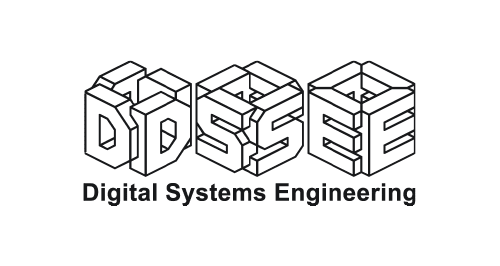
Strain Measurement Tutorial
Strain and stress are the result when it comes to external forces that are applied to a non-moving object. Strain is defined as the amount of deformation that an object experiences compared to its original size and shape (the ratio of increase in length regarding original length) .

The term strain is in most cases used to describe the elongation of a section.
Strain can be caused by the effect of a force.
Strain is a dimensionless quantity and is usually expressed in percentage. Typical measures for strain are less than 2 mm/m for steel and are often expressed in micro-strain units. One micro strain is the strain producing a deformation of one part per million.
Stress
Stress is defined as applied force per unit area

It usually occurs as a result of an applied force but is often due to the effects of force within a material or within a larger system.
For example, let’s imagine a wire that is anchored at the top and hanging down. We apply weights to the end of this wire to pull it down, thus applying downward force. We can see that in the picture below, where A is the original cross-sectional area of the wire, and L is the original wire length. In this example, the material (wire) experiences stress that is called the axial stress.


The units are the same as pressure’s, because the pressure is the special variation of stress. Despite that, stress is still more complex quantity than pressure, because it fluctuates with direction and with the surface it acts on.
We can calculate the stress (σ) by multiplying strain (ε) and the Young’s modulus (E).

Force


Therefore

Given that the elastic modulus (the Young’s modulus) of steel is 210000 N/mm2 and the cross section of the sensor is 139 mm2 we get:






























